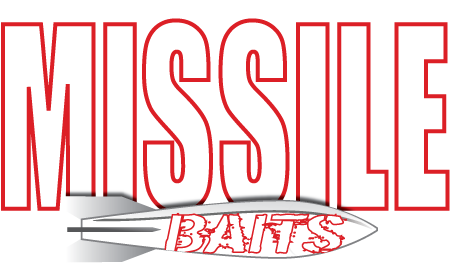Oh No! Fall Turn Over

There is a phenomenon that happens on most lakes in the fall that is called the turn over. Most anglers know it is bad. This is true. Once you know why it is and how to recognize it, you can still go fishing and catch some fish.
What is the fall turn over?
During the summer months, the heat of the sun increases the upper layer of a lake. It becomes warmer than the deeper layers. In the fall, the air cools and eventually the ambient air temperature cools the surface layer until it is cooler than the subsurface layer. That lower layer rises to the top since it becomes warmer and it less dense. That lower layer has less oxygen and the fish do not like it. I am not a biologist, but I think it makes them a little sick.
How do you know it is going on?
There are different ways to tell the turn over is going on. Sometimes you can smell a funky smell in the air when you are going across the lake. I don’t know how else to describe it but it is just an odd unnatural smell. Most often, there is a visual color change to the water. Areas of the lake that are generally a certain clarity get a little dirtier. Many times it is a brown tint to the water that signifies the turn over is occurring.
How do you fish the lake during the turn over?
Tactic #1 – Run
Most bigger lakes don’t all turn over at the same time. Either put your boat on the trailer and head to a different part of the lake or put the hammer down on your rig until you get a few miles away from those off colored and stinky areas.
My preference is to go way up river and in the far backs of creeks during this time of year. These trips can be a little hairy when the lakes are also often lower than normal levels. If you can go until you get into a current area, you know that water is going to have good oxygen and that is better fishing.
Tactic #2 – Go Dirt Shallow
During this fall turn over time, I have seen bass in the lower portions of lakes get super dirt shallow. Many times they are facing the banks. I think these are fish waiting on crawfish to get ready to hibernate along the shoreline. Again, I am not a biologist but the baits I prefer lend you to think they are waiting on the little craws.
The sides and backs of the pockets are usually where this goes down. It can but does not have to have rocks on the bank. You will blind cast a tiny jig or even a Ned rig on or dang near the shore line with little to no splash. If you are fishing, look for them. Once you see them, they are often very hard to catch but that is their area. You can often come back a little later and cast to the area where you saw the fish and catch it.
The little Missile Jigs Ike’s Micro Jig is the type of tiny jig they will eat. You need to throw this on a spinning set up and our Cashion Rods Micro Jig Rod matches up perfect. Like on most all my spinning applications, I use a braid to fluorocarbon leader. I do Sunline X-Plasma 12 pound braid to 8 pound Sunline FC Sniper as the leader. A lighter Ned rig should also work with a similar spinning set up.
The fall turn over is just something to be aware of and be ready for. You can still catch some fish during the turn over. Many times a good schooling bite precedes the turn over so you will go out looking for that fun topwater action and get skunked. Look for the signs of the turn over and know what adjustments to make. The fall can be a fun time to fish with there being less fishing pressure so just be ready in case your fall fishing trip has been turned over.